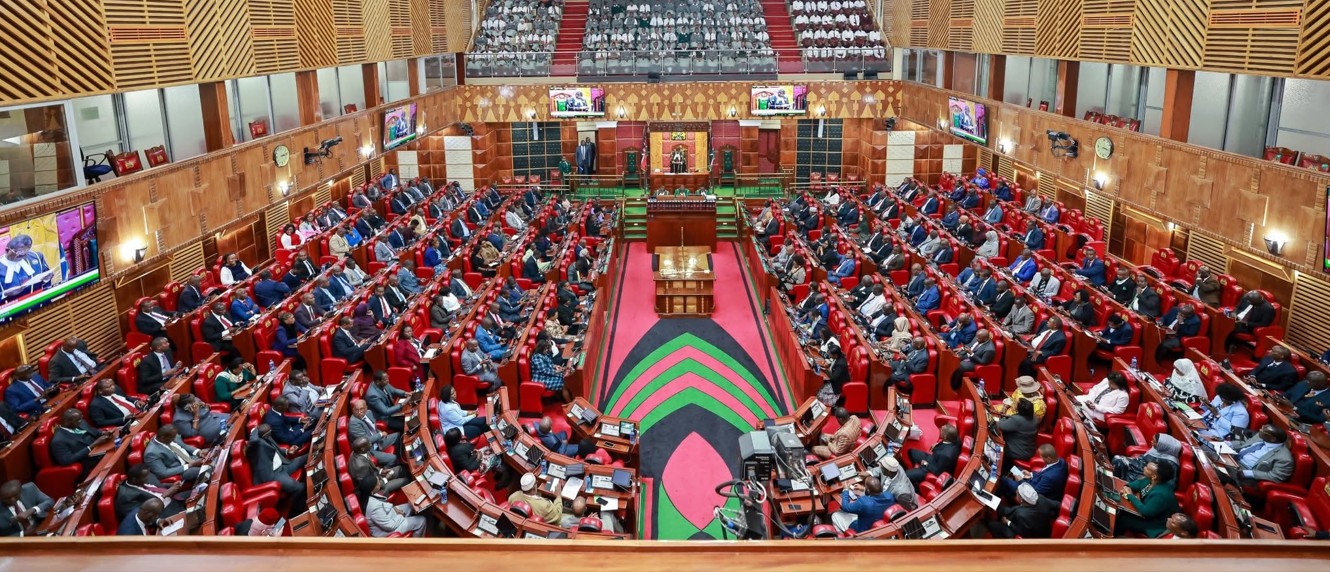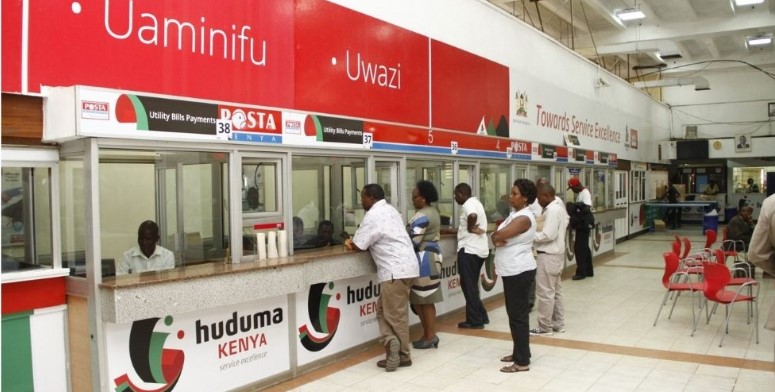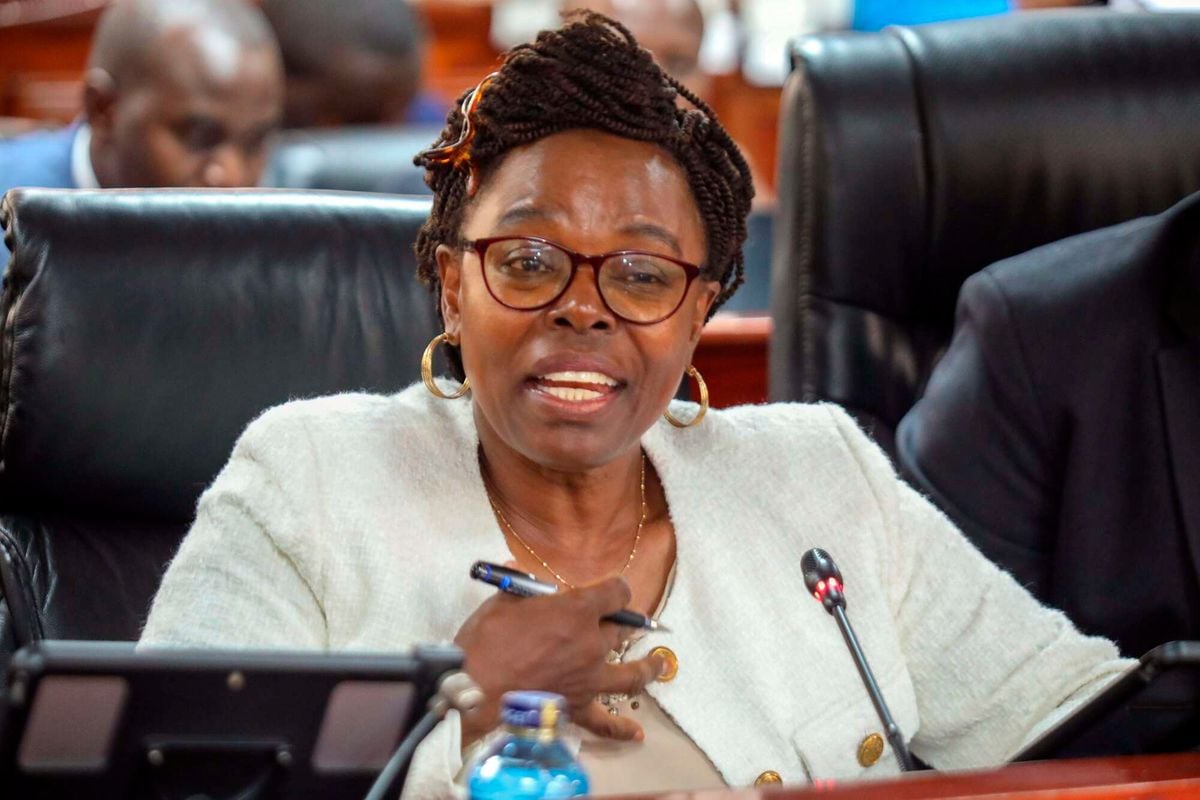Senators demand probe into ECDE conditions in Wajir as children study under trees

Wajir Senator Abass Sheikh lamented that learners in the county are still forced to learn under trees or in overcrowded makeshift structures, conditions he said were unacceptable for any child in the country.
Senators have called for an urgent investigation into the deteriorating conditions of Early Childhood Development and Education (ECDE) centres in Wajir County, amid concerns that children continue to learn in unsafe and undignified environments.
Speaking on Thursday during a session, Wajir Senator Abass Sheikh lamented that learners in the county are still forced to learn under trees or in overcrowded makeshift structures, conditions he said were unacceptable for any child in the country.
More To Read
- Governors slam treasury over free education funding cuts
- Free education here to stay- PS Julius Bitok clarifies after uproar
- CS Mbadi under fire for saying State can’t fully fund free education
- Senators propose Bill to expand powers in fresh bid to counterbalance National Assembly
- Senators clash over expanded list of counties benefiting from equalisation fund
- Senators demand answers over billions paid to ghost schools
“Many learners in Wajir are still forced to learn under trees or in overcrowded makeshift structures,” Senator Abass told the House.
“Every child has a right to free, compulsory basic education, including early childhood education.”
The Senator was seeking a statement from the Senate Standing Committee on Education regarding the status of ECDE infrastructure in Wajir County.
He called on the committee, chaired by Senator Betty Montet, to undertake a thorough inquiry and provide detailed data on ECDE centres in Wajir County.
Number of ECDE centres
Specifically, Senator Abass asked for statistics on the number of ECDE centres in the county, how many have permanent structures, how many operate in temporary setups, and how many conduct learning in open-air environments.
He further demanded information on how many centres have Pre-Primary 1 and 2 learners sharing classrooms and teachers.
The legislator also raised concerns about the qualifications and numbers of ECDE staff and requested data on the current pupil-to-teacher ratios in the county.
He noted that without well-trained and adequately distributed teachers, the quality of early childhood education would continue to suffer.
School feeding programmes
Senator Abass also questioned the state of school feeding programmes in Wajir, pointing out that despite the allocation of funds, many of these initiatives have stalled, leaving vulnerable children without meals.
He urged the Senate Education Committee to push the Wajir County government to take immediate action to address critical issues such as overcrowding, poor sanitation, lack of clean water supply, and the absence of permanent infrastructure in ECDE centres.
“These are basic needs that cannot be ignored,” Senator Abass said, emphasising the urgency of the matter and the need to uphold the constitutional right of every child to access quality early education.
Pre-primary enrollment
According to the Kenya County ECDE Profiles Survey Report released in 2021, while most counties recorded an increase in pre-primary enrollment between 2014 and 2019, progress in northern Kenya remains alarmingly slow.
The report notes that the national gross enrolment rate (GER) for ECDE centres rose significantly from 73.6 per cent in 2014 to 109.4 per cent in 2019. In contrast, Wajir County only registered a marginal increase, from 25.6 per cent to 36.7 per cent over the same period.
The report also identified Wajir, Mandera, Marsabit, Isiolo, Lamu, and Tana River as counties with the lowest number of ECDE teachers, highlighting a broader concern around access and quality.
Child-teacher ratio
It further noted that high child-teacher ratios continue to undermine the provision of quality early learning in many parts of the country.
In the Wajir County Integrated Development Plan (CIDP) 2023–2027, the devolved unit acknowledged the persistent challenge of low enrolment. It reported that the ECDE gross enrolment rate stood at 36.7 per cent in 2022, against a target of 75 per cent, showing limited progress from 25.6 per cent in 2018.
The plan also flagged a decline in the number of ECDE caregivers, from 620 in 2018 to 574 in 2022, even as enrolment figures rose from 15,696 to 19,071 over the same period. This led to a deterioration in the teacher-pupil ratio from 1:25 in 2018 to 1:33 in 2022, missing the county’s target of maintaining a 1:25 ratio during the current planning cycle.
High demand
Neighbouring counties such as Garissa are also grappling with high demand for educational services.
The third Garissa County Integrated Development Plan (2023-2027) estimates that there are 239,035 children of primary school-going age, with 54.9 per cent being boys and 45.1 per cent girls.
The county government notes that despite this growing number, enrolment remains low, particularly among girls, prompting plans to build more schools and recruit additional teachers.
“There will be a need to put up more primary schools and employ more teachers to cater for the growing number of school-going children,” the Garissa CIDP states.
“The primary school enrolment is, however, low for both genders, but worse for the girl child. There is, therefore, a need to carry out enrolment drives throughout the county.”
Top Stories Today











































